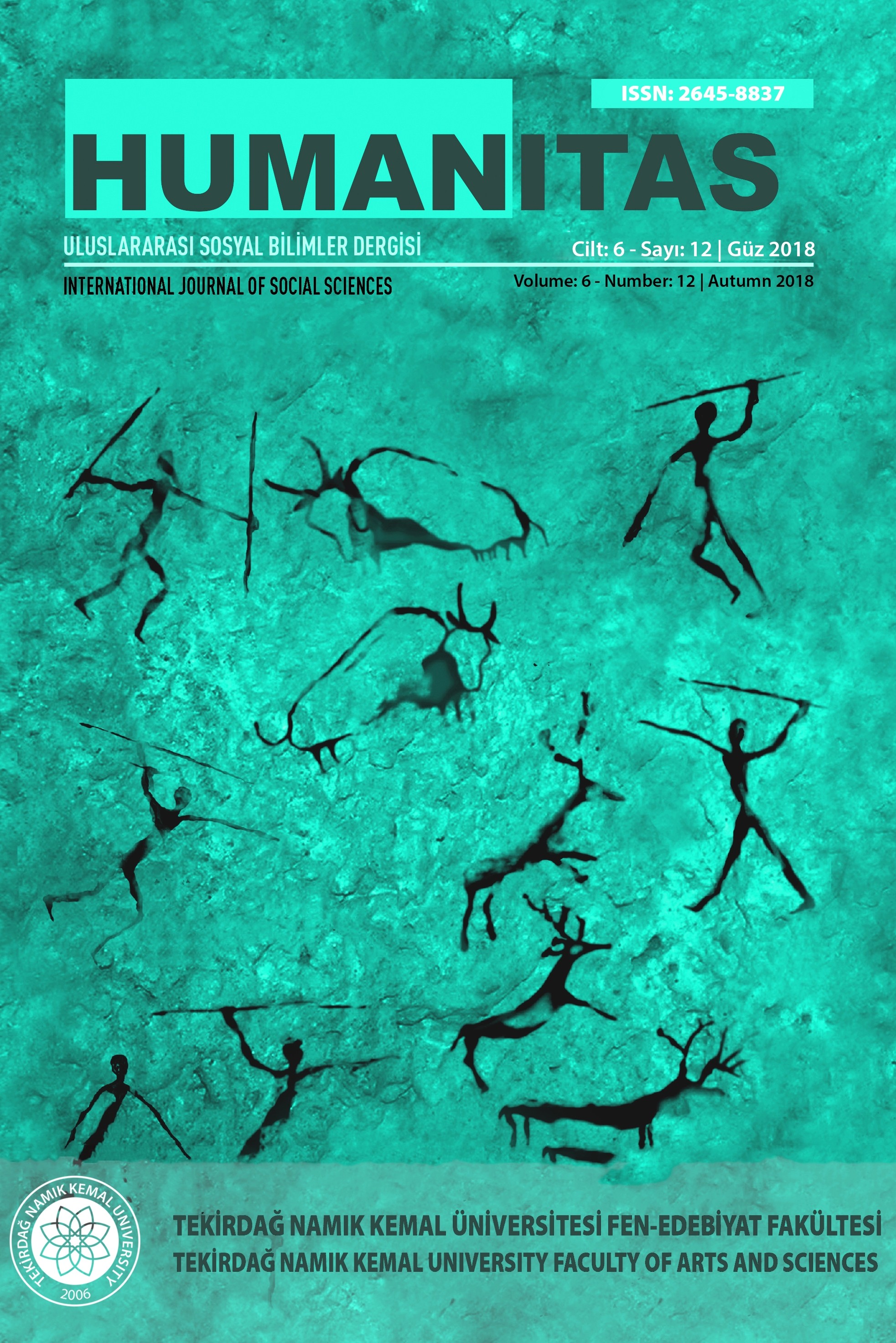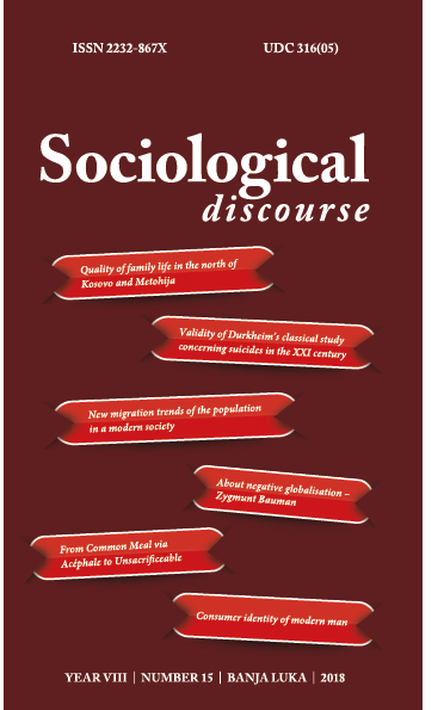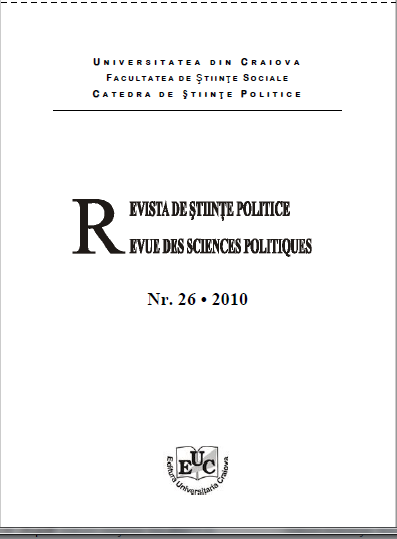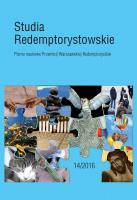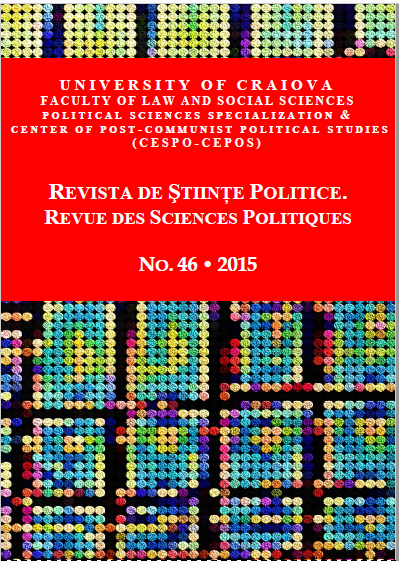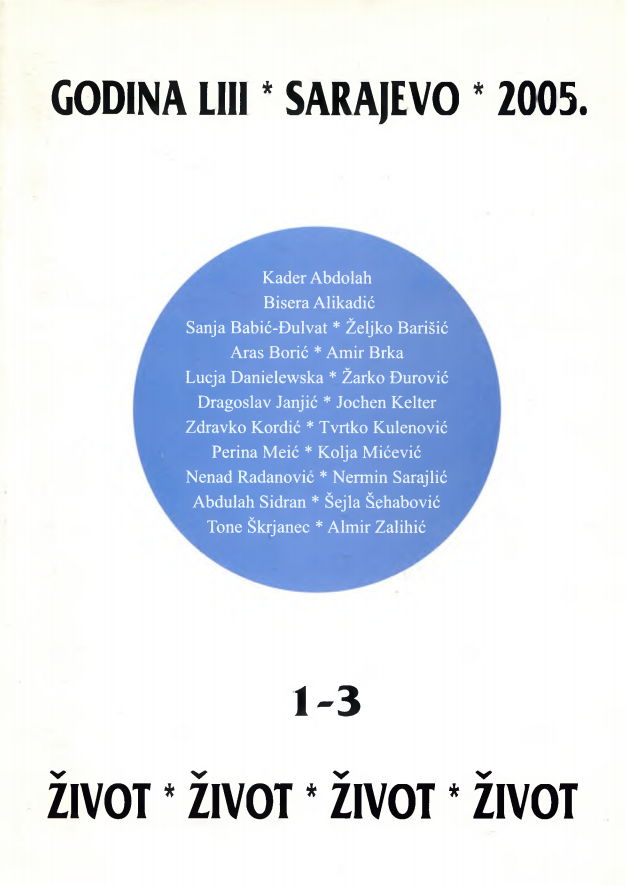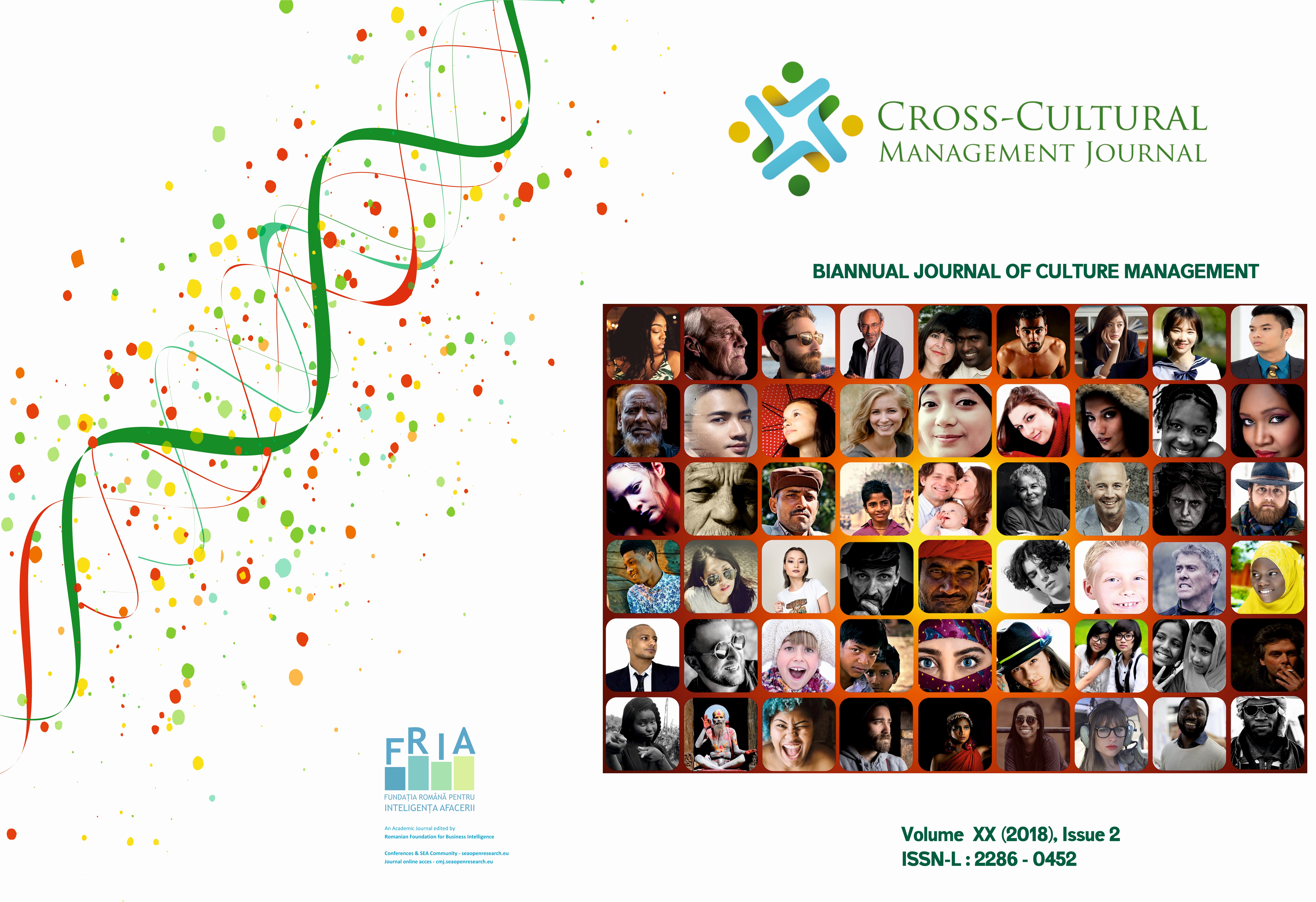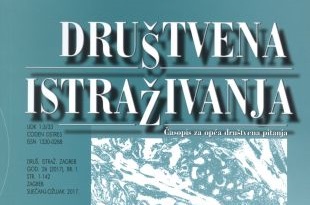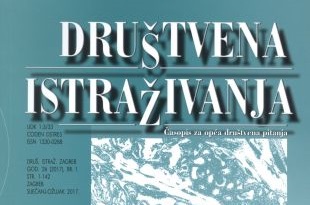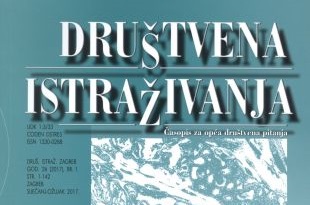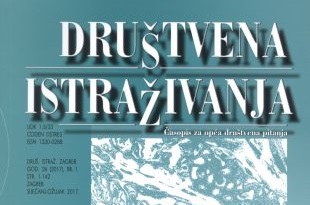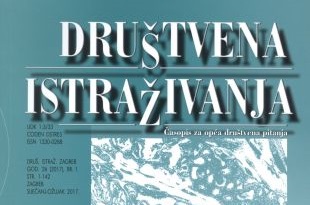SITUAŢIA UNITĂŢILOR PROTEJATE AUTORIZATE DIN PERSPECTIVA ECONOMIEI SOCIALE – CAZUL JUDEŢULUI CLUJ
The frequent use of the concept of social economy in the national and international discourses on social inclusion of vulnerable groups and local development generated an increase in public interest regarding the opportunities that this particular form of activity can provide. This context primarily requests a conceptual clarification of the social economy, to know and understand accurately what social economy is and what is not. Also, the analysis of the present situation of the social economy at national and local levels is becoming a necessity thus to have a coherent overview on the status quo, which, in conditions of strategically directed endeavors, can be used as a resource, as a foundation for developing, quantitative and qualitative, the social economy. Currently, the position of the authorized protected units in the range of the social economy entities is not clear, given the deficiencies in the legislative provisions in the field, especially in terms of clarity and especially of their harmonization. This article presents the results of an analytical incursion focused on the situation of the authorized protected units from Cluj County, in terms of number, environment where they are established and function, organization and especially their economic behavior – important from the perspective of social economy.
More...
